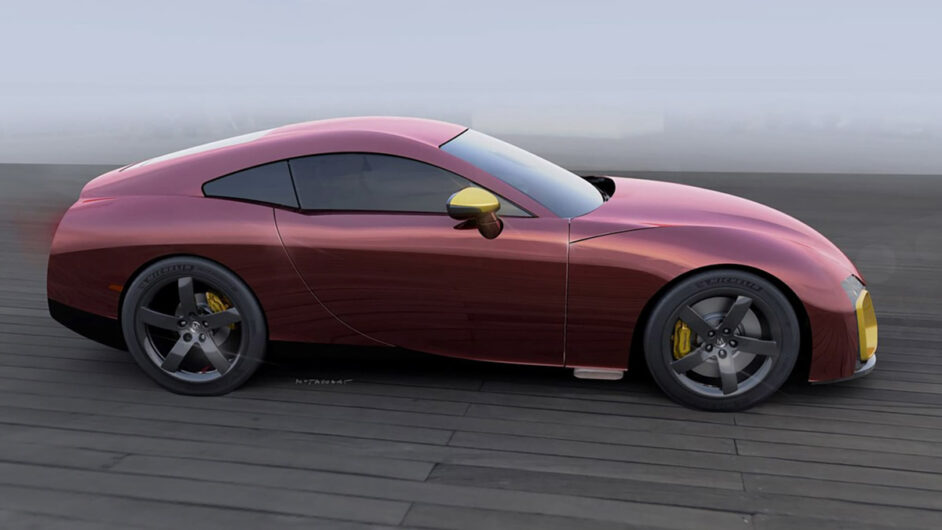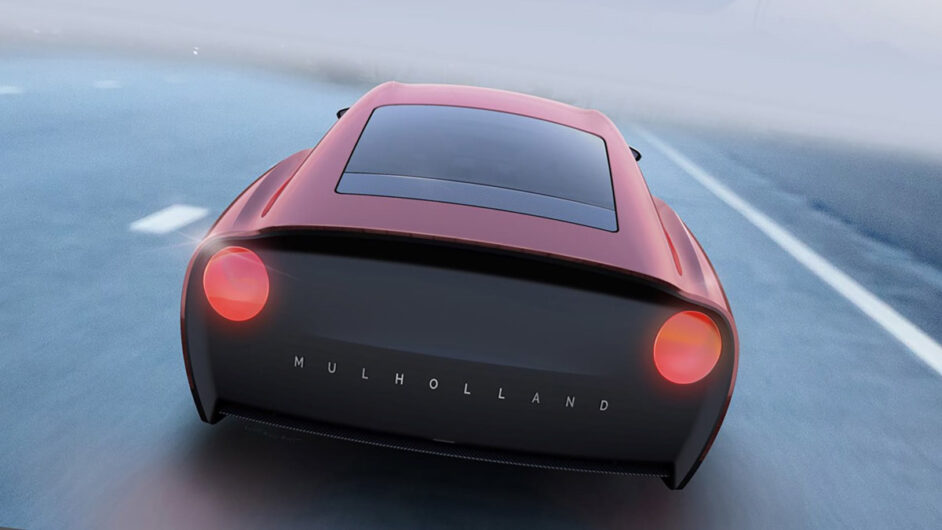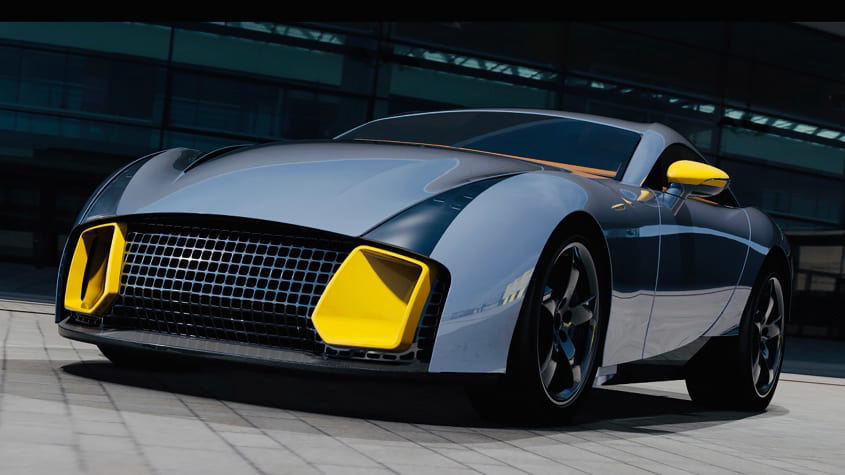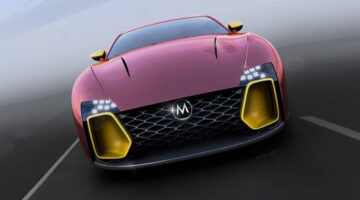The Mulholland Legend 480 is the alternative TVR of 2020
Mulholland Automotive has revealed new exterior renders of the Legend 480, a passion project designed in the mould of TVRs past. The company’s founder Graham Mulholland is an engineering entrepreneur, and has owned a couple of the British sports car maker’s models in the past – a Cerbera and a Tuscan – and now has designs on building the next himself, in the shape of the Mulholland Automotive Legend 480.
It’s a brave move naming your first vehicle the Legend. The Mulholland Group has plenty of experience in the high-end automotive industry – Mulholland himself built components for the Jaguar XJR-15 when he was just 19, and the group now develops and manufactures composite parts for everything from Formula 1 cars to two of the latest British hypercars – but it’s fair to say the company doesn’t yet have much brand recognition. That’s something Mulholland is hoping to change with its open approach to car development.

This includes the risk of launching a new sports car at the beginning of an era-defining recession. Mulholland tells us he’s been sitting on the car’s announcement since late 2019, but with some countries finally opening up and certain companies returning to work, it was a case of now or never. Find the right niche though, and anything has a chance. For Mulholland, that niche is a true successor to the TVRs we used to love, from their dramatic styling to their bruising performance, a traditional front-engined, rear-drive layout, and a manual gearbox.
The company also drafted in Tuscan Speed Six designer Damian McTaggart to do the styling. Squint a little and it could pass for a modernised T400R, with its high sides, long bonnet and sharply cut-off tail. The interior design is perhaps less inspired by the organic TVR interior mould, instead with reduced forms, simple display interfaces and a wide central tunnel.

It should be a little more sophisticated than a TVR though. Subsidiary Mulholland Composites has designed a carbonfibre chassis for the car, and thanks to Mulholland’s links across the industry there’s a ‘world-class supply chain’ for components. Even so, little should need to be subcontracted – the suspension uprights, braking system and interior components being pretty much the full extent of it. The windscreen will have to be bought in, too, but to speed up testing the firm may vacuum-form its own plastic windows.
The ‘480’ is the car’s power output, courtesy of a 6.2-litre GM LS3 V8. However, the platform is apparently adaptable enough that Mulholland isn’t tied to one particular engine, so if a better option becomes available, it’s ready to use it. With a kerb weight around the 1200kg mark, the car shouldn’t be short on performance, either.
Perhaps the thing that separates Mulholland from most emerging sports car makers is its already fully developed factory in Derby, out of which the firm designs and produces composite components – a huge bonus for any new sports car maker.
The company will operate a pretty much open-door policy too. Early customers paying around $165,000 for a launch-spec car will be able to observe the whole process, but anyone interested is welcome to drop by and chat – around 45 people have apparently already expressed an interest.
So, Mulholland seems to be starting on stronger foundations than many. If all goes to plan, perhaps the next TVR-like sports car won’t actually wear a TVR badge at all.
This article originally appeared at evo.co.uk
Copyright © evo UK, Dennis Publishing




